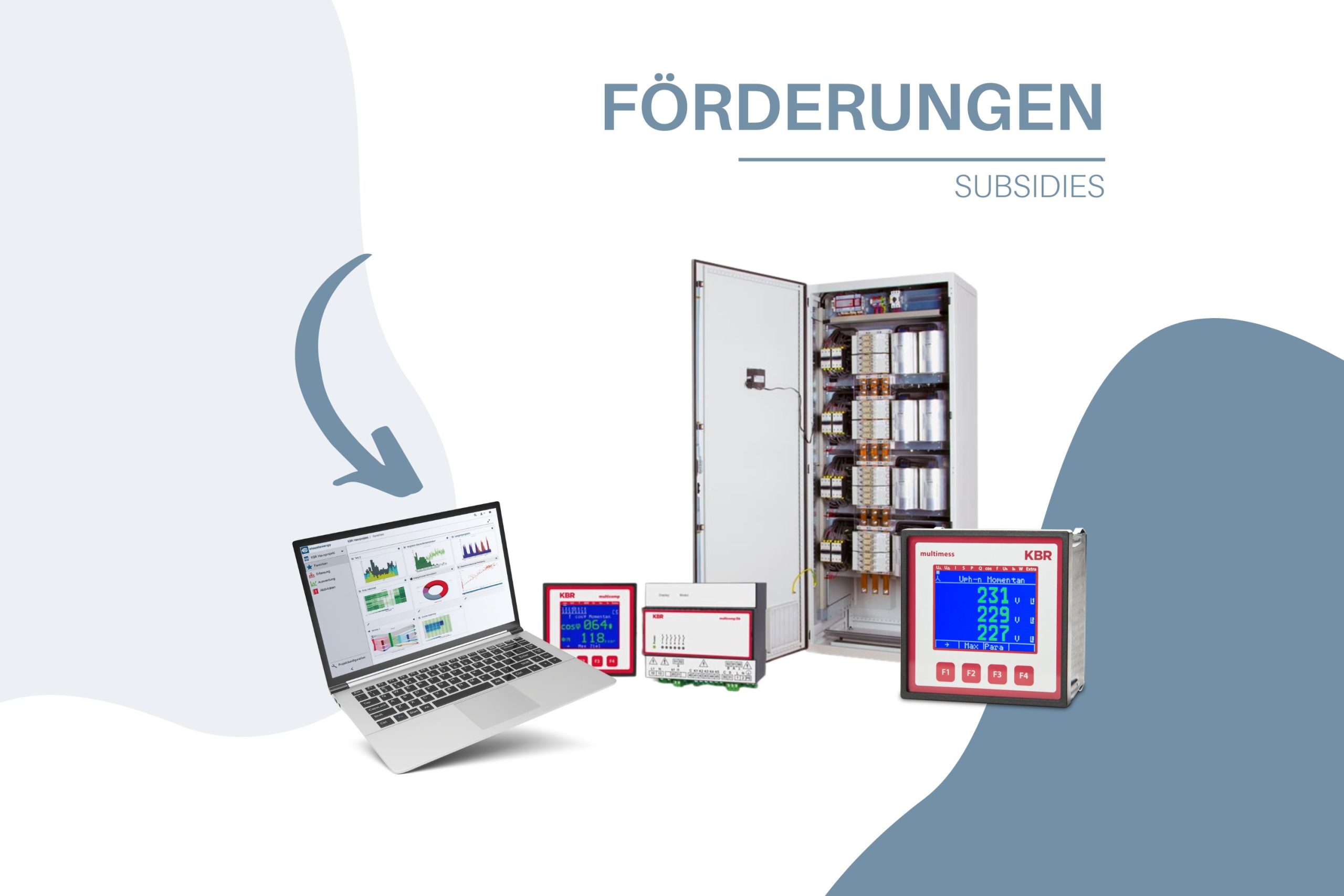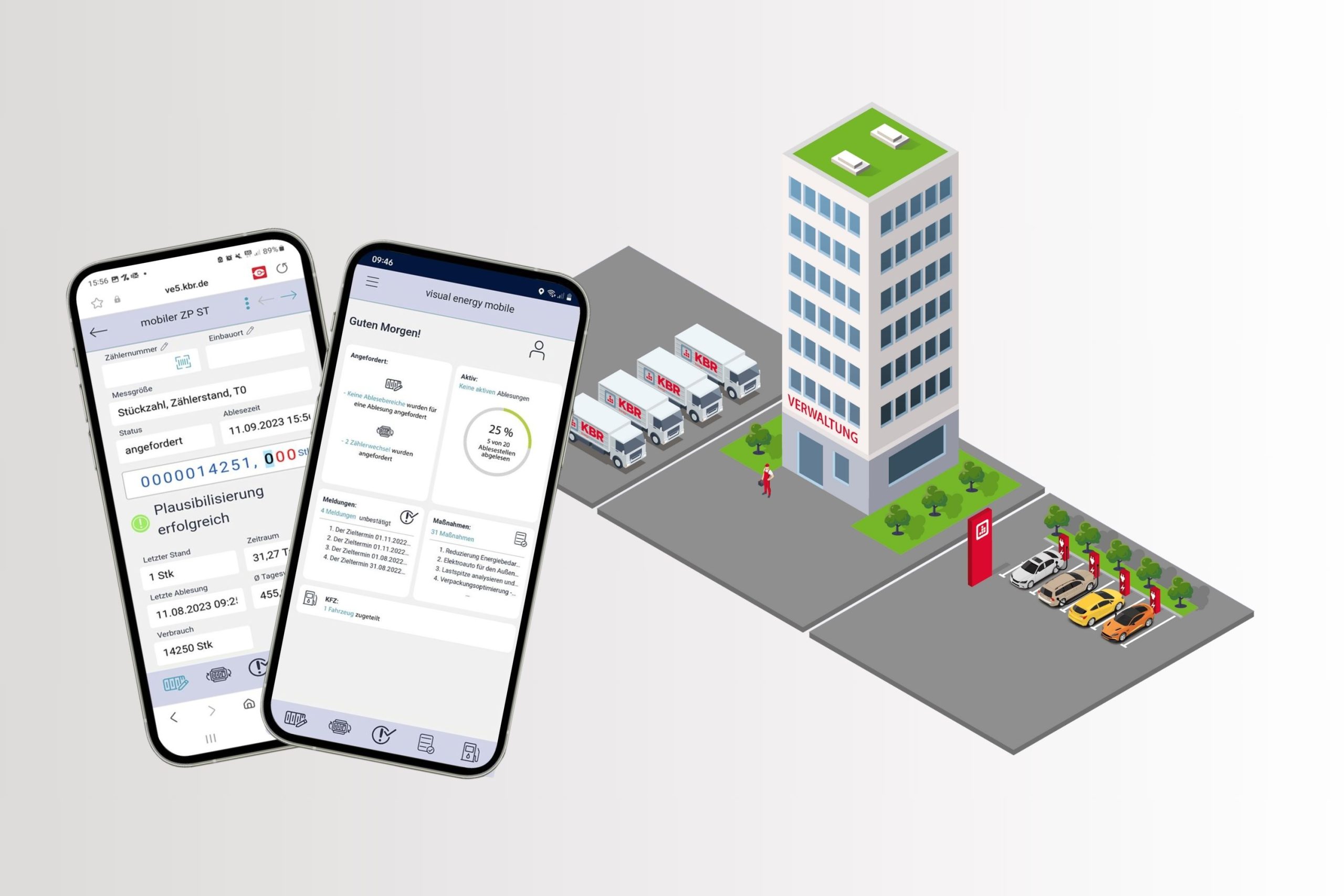The Energy Efficiency Act
The Act to Increase Energy Efficiency in Germany (EnEfG for short) was passed in November 2023 and it is time to draw an initial conclusion.
What positive effects has the Act had so far?
What challenges have arisen?
The article is also available to download as a PDF. (German version)
Review
The aim of the EnEfG is to reduce final and primary energy consumption in Germany by at least 26.5 % and 39.3 % respectively by 2030 compared to 2008. In order to achieve this target, companies with a total annual final energy consumption of more than 2.5 GWh per year in the last three years are obliged to draw up specific implementation plans or introduce energy and environmental management systems. Corresponding requirements have also been set for public institutions and data centers.
An important deadline is July 2025: by this date, data centers and companies with a total final energy consumption of more than 7.5 GWh must have introduced an energy and environmental management system. (as reported)

Positive developments
Awareness of the need for action
With the law coming into force, the government has achieved one thing above all: it has created a comprehensive, cross-sectoral legal framework that obliges the German economy, and in particular the largest energy consumers, to act within clearly defined deadlines. At the same time, awareness has been raised that action is needed now, not in the future. This also indirectly encourages companies that are currently in the process of implementing energy-saving measures at an early stage, before they become a legal obligation.
Cost reduction and promotion
The introduction of an energy or environmental management system is associated with certain acquisition costs. However, the costs for an energy data management system such as “visual energy” are subsidized by BAFA with up to 45 %.
Furthermore, not all SMEs (small and medium-sized enterprises) are generally obliged to take action. The obligations of the EnEfG only apply from a total final energy consumption of 2.5 GWh per year over the last three years. If this amount is achieved solely through electricity consumption, it can be calculated as follows: At a price of 16 Ct/kWh, including electricity tax, this results in annual costs of around €400,000. This illustrates that an energy saving of just 10 % leads to considerable cost savings, which means that the cost of introducing a management system is quickly amortized. The EnEfG therefore gives companies the opportunity to significantly reduce their operating costs.
Definition of companies’ CO2 sources
The law obliges certain companies to include not only electricity consumption, but all energy sources in their considerations. In addition to electricity, this also includes gas consumption in kWh and the energy consumption of the vehicle fleet, for example. This comprehensive approach presents many companies with new challenges and forces them to identify the biggest CO2 emitters within the company. It is often with these sources in particular that the greatest savings can be achieved through initial efficiency measures. The advantage lies in gaining a comprehensive overview of the entire consumption structure and thus being able to specifically identify and exploit potential savings.
Innovation boost & consumption reduction?
It is often emphasized that the EnEfG will promote research and development in the field of energy efficiency. The aim is to develop new technologies and processes that enable more efficient energy use. After less than a year, however, it is not yet possible to draw any conclusions. It remains important that research projects continue to be funded in order to secure the spirit of innovation and cooperation between research and industry, particularly in the energy sector. Furthermore, it is not yet possible to make a reliable statement about the extent to which the EnEfG has already contributed to the reduction of energy consumption, as the implementation of the measures will still require considerable planning and project management time
The challenges
Economic burden
As important as the topic of energy efficiency is, the obligation to act comes at the worst possible time for many companies. Many are still struggling with the after-effects of the supply difficulties and price increases of recent years. Implementing the requirements of the EnEfG often requires considerable investment in infrastructure and new technologies, which represents a major economic burden for small and medium-sized enterprises (SMEs) in particular. In addition, at least one person must be found in each company to manage the project internally and familiarize themselves with new topics – usually in addition to their regular work. What’s more, not every company can pass on the additional costs to its customers, which further increases the economic pressure.
Bureaucratic effort
In addition to the financial outlay, companies must conscientiously implement the requirements of the EnEfG. This requires extensive documentation and evidence that must be submitted on time. For many companies, this represents a considerable amount of time that is difficult to manage without additional human resources. Particularly challenging is the long-term effort involved, which not only includes setting up and creating the initial plans, but also the ongoing support and documentation of the measures. In addition, many companies remain inactive due to uncertainty or a lack of knowledge about their involvement or obligations. This inactivity increases the risk of incurring sanctions, as deadlines and requirements may not be met.
Review of implementation
In accordance with Section 10 of the EnEfG, the Federal Office of Economics and Export Control (BAFA) is responsible for carrying out random checks on the establishment of energy and environmental management systems and the implementation plans for energy-saving measures. Companies can be obliged to submit evidence within a period of four weeks, which must be retrieved electronically. Fines of up to €100,000 can be imposed if these deadlines are not met intentionally or negligently, for example if a statutory measure is not implemented, not implemented correctly, not implemented in full or not implemented on time. This merely postpones the obligation to implement the measure at great expense into the future, but does not cancel it.
Conclusion
In the past, if a company contributed to sustainability or environmental protection, for example by introducing an energy data management system and corresponding measures, it was seen as a role model. Today, many companies have succeeded in assuming this pioneering role. Since the introduction of an energy and environmental management system, key figures can be easily defined and savings demonstrably determined. On the other hand, there is often a fear that the long-term competitiveness of SMEs will be impaired by high investments, even though these can be offset by savings and subsidies.
The main burden for companies is that they have to make upfront investments in systems or measures that they have not previously considered. Nevertheless, the financial incentive is clear: either through savings or through penalties. The EnEfG can therefore be assessed both positively and negatively. It will be interesting to see whether the targeted reduction in final and primary energy consumption is actually achieved to the expected extent.
Yours, Simon Tempelmeier
Managing Director
KBR GmbH












